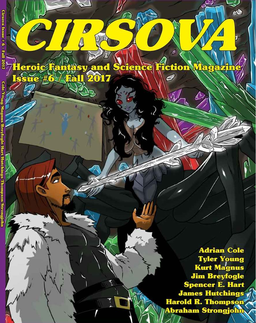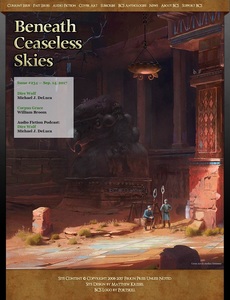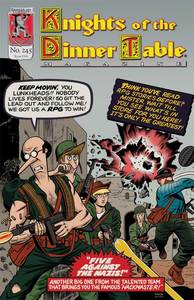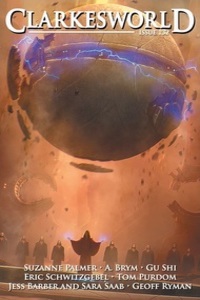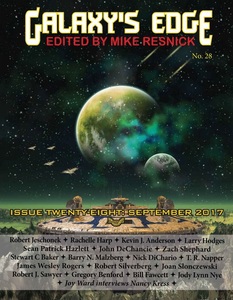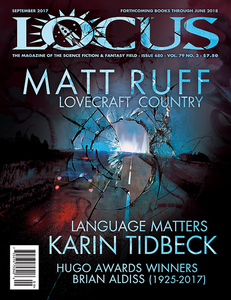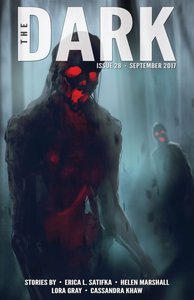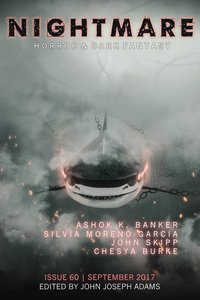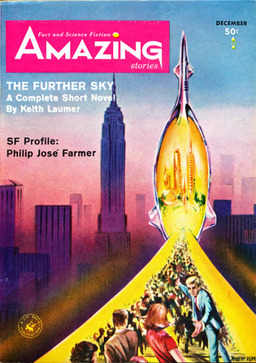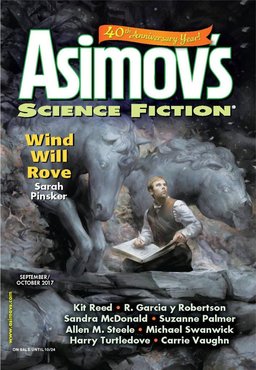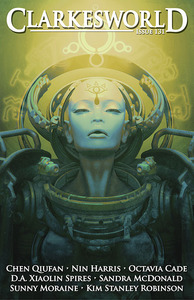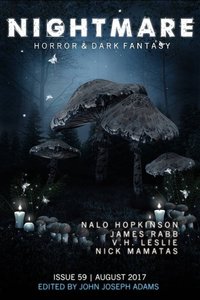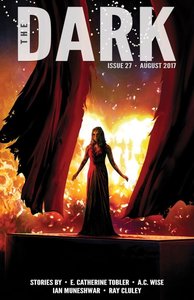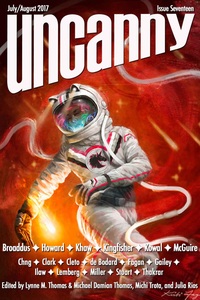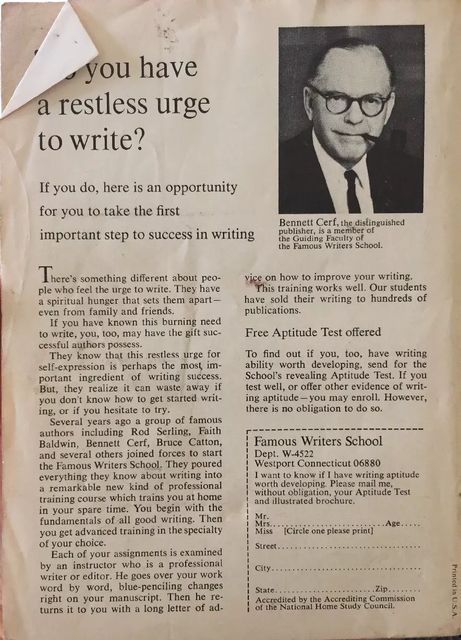The Late September Fantasy Magazine Rack
 |
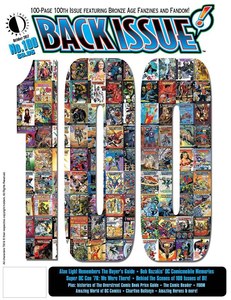 |
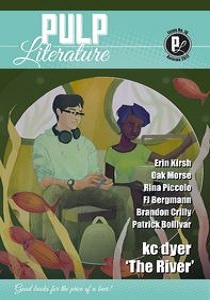 |
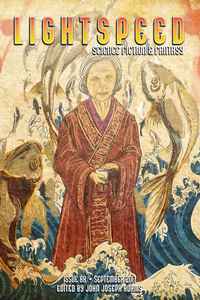 |
 |
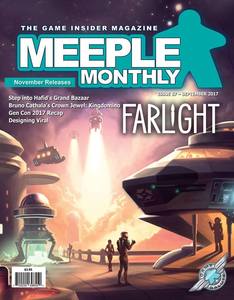 |
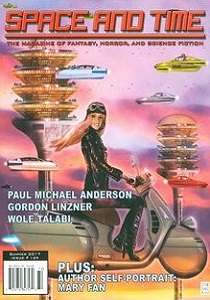 |
 |
I know, I know. We’re in October already. But I’m still not finished with all of September’s great magazines yet. Here are the ones that grabbed my attention in the last half of the month (links will bring you to magazine websites).
Apex Magazine — Issue #100, with new fiction from Andrea Tang, plus reprints by Kameron Hurley & others
Back Issue #100 — our second issue #100 this month is a 100-page centennial featuring Bronze Age comic fanzines
Pulp Literature — with a story by Black Gate blogger Brandon Crilly!
Lightspeed — new fiction from Tony Ballantyne, Timothy Mudie, and others
Interzone — Aliya Whiteley, Paul Jessup, T.R. Napper, and Erica L. Satifka
Meeple Monthly — covering November board game releases
Space and Time — new fiction from Paul Michael Anderson, Gordon Linzner, and others
Uncanny — great new stuff from N. K. Jemisin, Fran Wilde, Catherynne M. Valente, Delia Sherman — and our very own C. S. E. Cooney!
That’s not all, of course. Earlier this month Fletcher Vredenburgh checked in with his September Short Story Roundup, featuring the latest issues of Cirsova and Swords & Sorcery magazine.
Click any of the thumbnail images above for bigger images. Our early September Fantasy Magazine Rack is here.
